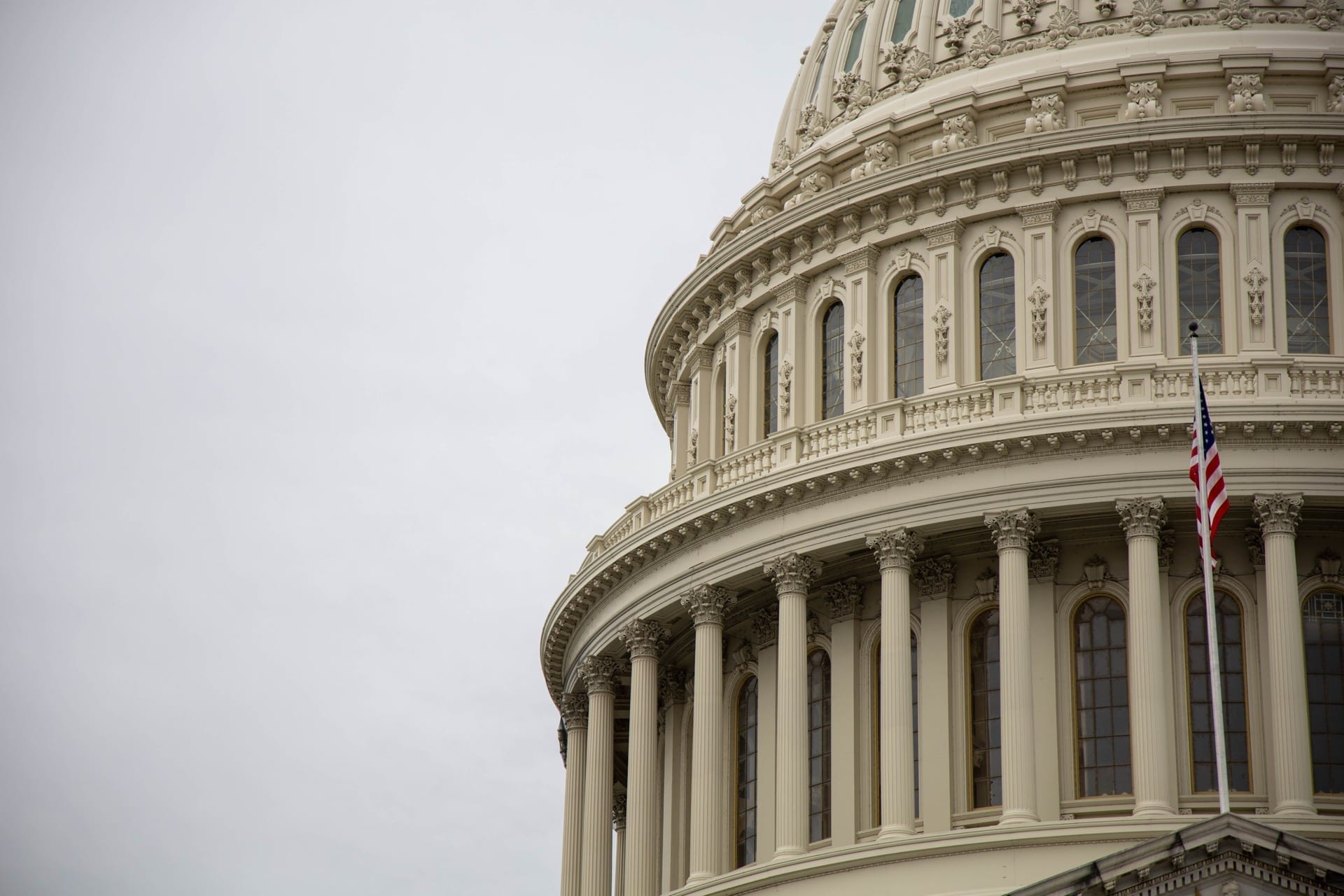This is a close presidential race where President Obama and the Democrats still need a good convention to get momentum and define the choice in the election to lock in their 3- or 4-point lead. In our view, that is very likely.
The reason why we think it is important to have a good convention is that the real economy is so difficult that it gives Romney and the Republicans an audience on spending and budgets, even when the country views them with disdain. In the survey we conducted just before the Republican convention, Obama maintained a 2-point lead. But because Republican-leaning independents pay more attention in this period and are a larger portion of the national survey, the survey results are tough: the President fell to 6 points behind Romney and Democrats 9 points behind Republicans on who would do a better job on the economy. That poll shows people struggling in their personal economies, which were weakening further, even as there was more churning in the job market. As a result, the president was barely winning big economic arguments in the survey.

So, we just should not underestimate how difficult it is out there and what we are asking people to do – to support re-election – despite 60 percent thinking the economy is headed in the wrong direction and so many thinking spending and deficits hurt the economy. They are ready to vote for Obama because they know how unique these times are and how much Bush contributed to the mess. They are ready to vote for him because they respect President Obama and are not focused on the past but on what the candidates will do to make things better. They are ready to vote for Obama because they worry about the Republicans’ social agenda and because they truly don’t want a new version of trickle-down economics.
There are reasons why Democrats enjoy a 6-point advantage in party identification and are at parity on who voters trust to handle taxes – both pretty amazing numbers – but revealing on why Obama will likely move back into the lead.
But Democrats need a good convention to make all those dynamics dominant over the material economy. That is why we are writing this list of things Obama can get done at the convention.
1. Go big and aspirational. We think the country is desperate to know where the President wants to take the country – his vision and plan in the face of weak recovery but more important, the long-term problems facing the country. That is what voters are waiting for – and the more the president speaks about the future and how America and the middle class can come back – the smaller the Romney argument appears. He wants voters to make a retrospective judgment about a failure to make ‘your’ life better, but voters want much more.
The president can say of course the country is better off when we were collapsing and losing 750,000 jobs a month, but that’s beside the point. How do we make this country work for the middle class?
The more robust and serious his plans are for American energy production and independence, for infrastructure and America’s modernization, for advancing education and innovation, for getting health care costs down for people and for American manufacture supported by energy, industrial and trade policies with China – the more the Republicans will look irrelevant.
While it is right to draw the contrast with Romney –discussed below – voters really are hungry to know the plan for success.
2. “I’ll tax the rich; he’ll cut their taxes.” There is no clearer choice in the election, even if Romney and Ryan were coy about their plans at their convention. Without any exaggeration, the president has the opportunity to lay out the choice. And as James and I wrote in our book, this is the mainstream bi-partisan near consensus issue. The rich have to contribute again if we are to succeed.
What is amazing is the continuing movement to the Democrats on whom you trust to handle taxes. Earlier in this cycle, Republicans held a 12-14 point advantage on this issue, but that has moved to parity in this latest pre-convention poll.
Voters take this seriously—and they are rightfully angry and increasingly populist. They are at the edge financially, struggling with money, and think the rich have used their power and lobbyists to keep from paying their share. This is not about achieving an abstract fairness, which tests only modestly as an argument in our survey. This is about striking back at the imbalance on behalf of the middle class. On our latest poll, we fashioned our strongest economic message based on Stiglitz: middle class income stagnation follows from the power of Wall Street and we must move to limit their power, end their subsidies, and raise their taxes. That is the route to the white working class voter who is angry with both Washington and Wall Street.
The president might mention that 40 percent of the stimulus came from tax cuts for working people and more than half of his jobs bill were payroll tax cuts, again for working people; they cut small business taxes 18 times. Democrats are the party of the middle class tax cuts.
3. Define Romney. Romney is the leader of the party that says cutting taxes and protecting the special interest breaks of the biggest corporations and top earners are the best ways to help the economy and the middle class. Their future plan is trickle-down economics. To make sure they get their way, the big banks and big oil have poured their money into Romney’s campaign so that they can continue in the direction that has killed the middle class.
Because of the super-PACs advancing the Romney-Ryan-Republican agenda, it is critical for Democrats to link power and money to the economic imbalance that kills the middle class. Even though Obama is the incumbent, he can use the financial and oil industries’ attempts to cut their taxes and throw out public regulation to champion reform and change.
This has so much more power because Romney has made his money loading up companies with debt, outsourcing, aggressively avoiding taxes, and using foreign tax shelters. He is the problem, not the solution.
4. Embrace Obamacare. With a new focus on how the Affordable Care Act makes health insurance more affordable, Obama ought to educate on the ability to buy affordable coverage, not being hit by big increases or being denied coverage due to a pre-existing condition (now abolished), the tax credits to make insurance affordable for small business, and more. The focus is always affordability and making changes to make health care more affordable.
We know from the bi-partisan survey we conducted jointly with Resurgent Republic for NPR that Democrats can easily go head-to-head when they emphasize affordability but also that they have a powerful message when they note that reform is mostly paid for by raising taxes on those earning over $200,000 a year. When they know that, it diminishes the conservative attack on Medicare.
And above all, when Republicans say they want to go to Washington to repeal Obamacare, they are promising to go there to refight health care and tie up the system in partisan gridlock. That is the last thing voters want. Rather than a wedge issue, this debate takes the Democrats up to around 55 percent.
5. Speak for the vulnerable. These are not normal times, and people have gone to great lengths to survive this economic crisis – and they still are. They want a president who speaks of their vulnerability and decries the immorality of throwing the vulnerable under the bus in these tough times.
The Ryan budget is deeply vulnerable, above all on radically changing Medicare and shifting $6,000 of costs to seniors; raising taxes on the working poor and pushing the families of 2 million children back into poverty; and cutting education by 20 percent and pushing costs on to the states that will lay off more teachers – all in order to cut taxes for the wealthiest.
Understand that the progressive coalition of 2006 and 2008 includes unmarried women, Latinos, African Americans, and young people – all of whom respond to a president who says it is wrong to attack the vulnerable in these tough times.
6. Remind the country of their not-so-hidden social agenda. Mitt Romney and Paul Ryan say that this election is only about the economy, spending, and deficits – and want to play down the social issues that motivate their coalition but drive everyone else away. That was the climate that produced 2010 – and when they got US Senate candidates in Nevada, Colorado, and Delaware who pressed social issues, they lost.
It is absolutely right to remind voters of the social agenda that the House Republicans tried to advance, Ryan championed, and Romney aligned with. The party platform is as important as Romney’s current priorities in judging what a party cares about.
One of the reasons the Democratic coalition has been growing over the long-term has been the country’s growing tolerance of diversity, openness to immigration, support for rights, expanded roles for women, and caution about religious fundamentalism. The abrupt turn to economic and spending issues after 2008 has downplayed the inexorability of these other trends, but they are very close to the surface – mainly because they are the animating issues of the Republican coalition.
Democrats make gains with suburban and professional voters, and with unmarried women and college-educated women when they highlight the Republicans’ real agenda for women—centered now on contraception, access to women’s preventive health services, barring abortion without exceptions, and opposition to pay equity.



